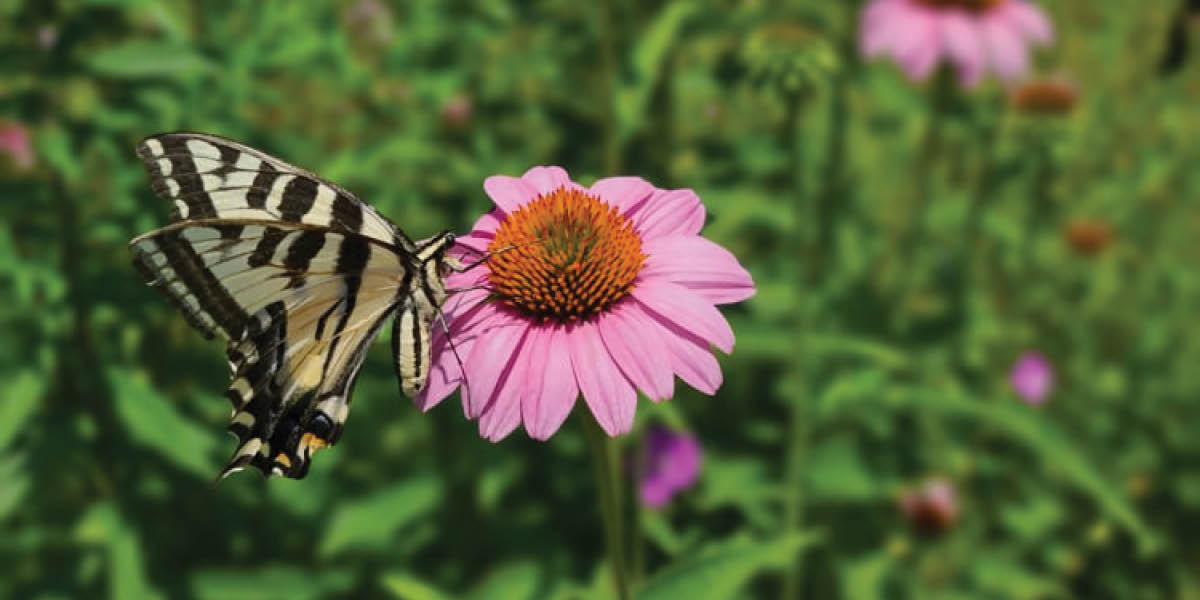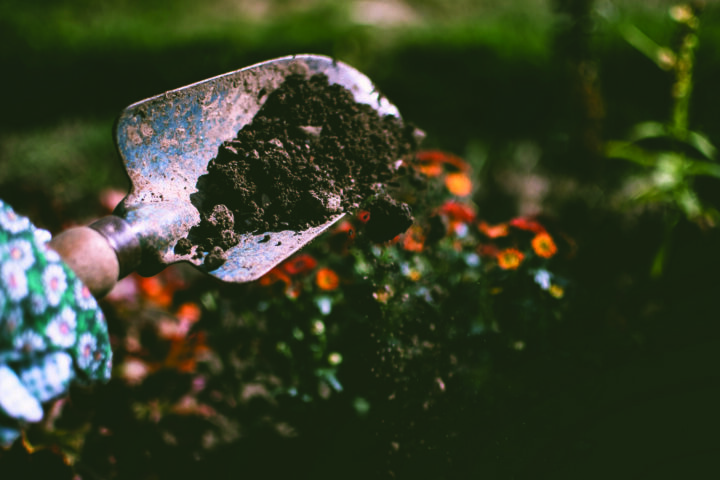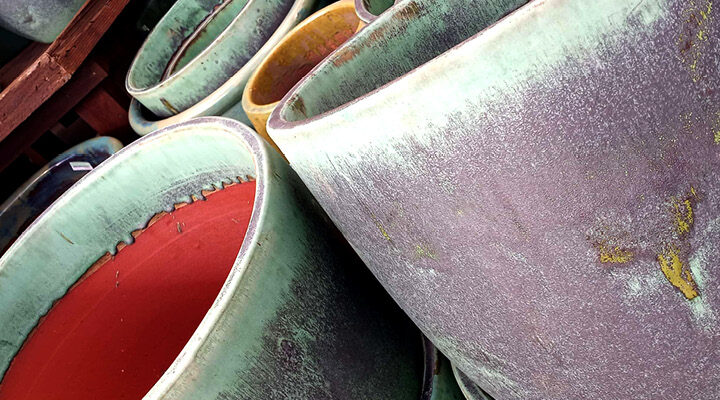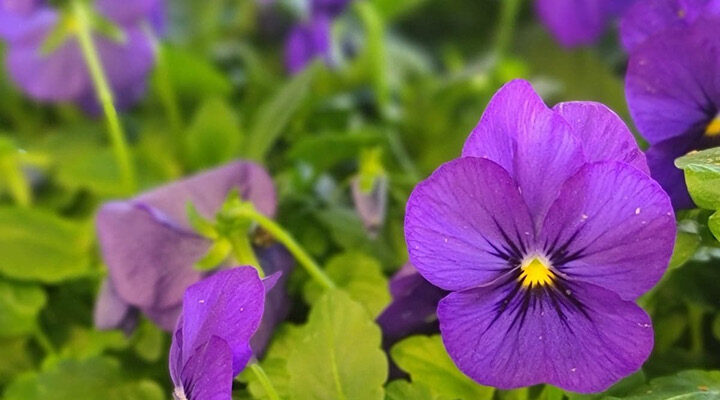Pick out the perfect plants for pollinators in your garden! Let’s start by helping explain what a pollinator is and why they are an important part of our daily lives. We will also go over some of our most popular plants you can incorporate into your flower beds, garden, or landscaping to attract pollinators.
What is a pollinator?
- A pollinator is something that helps carry pollen from a male part of a flower to the female part of the same, or another flower. This process fertilizes the flower, thus producing seeds, vegetables, fruits, or even new plants!
- Bees, butterflies, moths, insects, and even birds or bats are all examples of pollinators. Wind or water can also help contribute to plant fertilization, but majority come from species that visit flower to flower.
Why are pollinators important?
- Vegetables, fruit, and seeds would not produce without pollination. The apple you had for lunch, or the walnuts in your salad would not be here if it weren’t for the hard work of pollinators!
- Pollinators contribute to a healthy ecosystem. Three quarters of the plants on Earth are pollinated by animals and insects, which means without pollinators, our world would have a lot less greenery… meaning less clean air, destabilized soils, and diminished wildlife.
What plants attract pollinators?
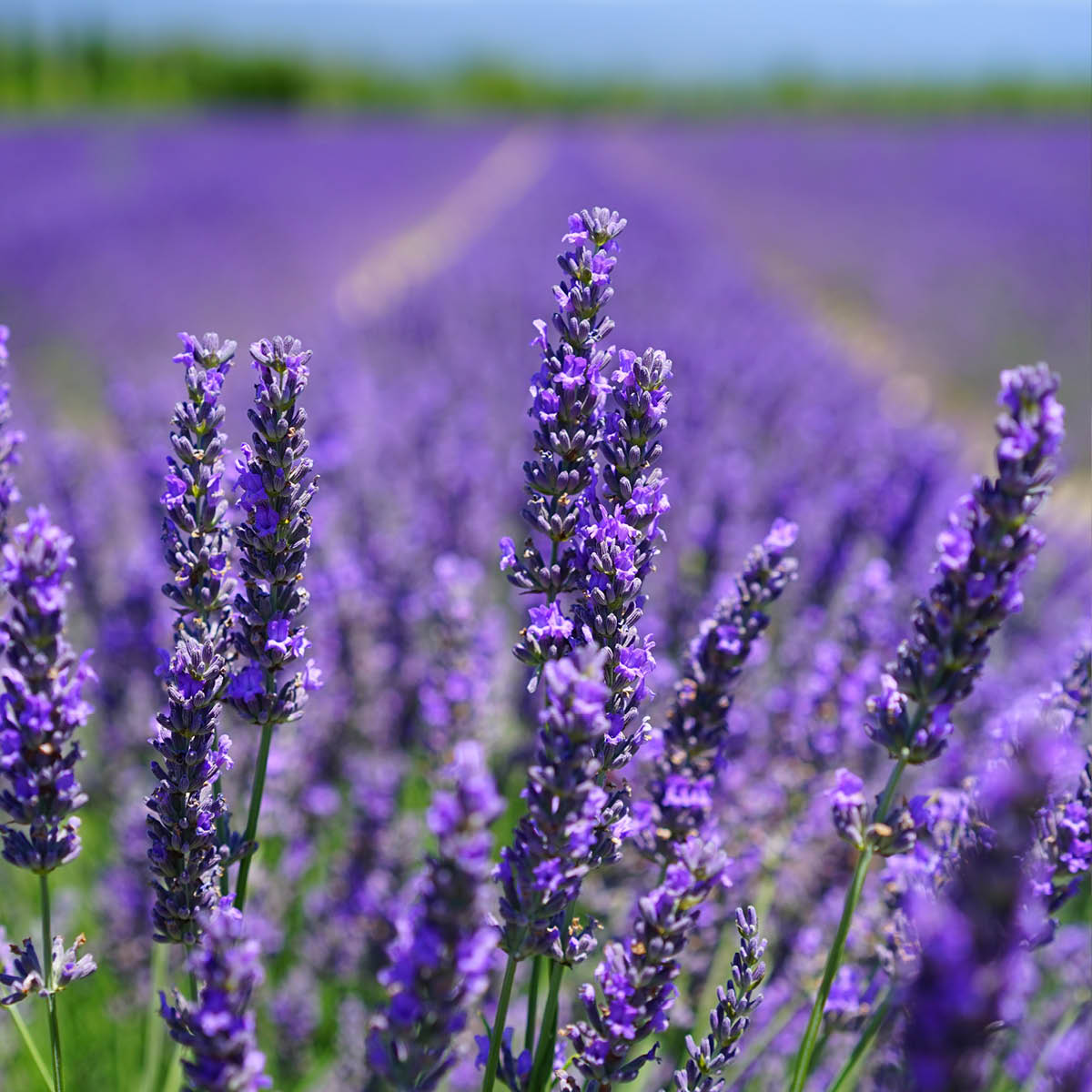
LAVENDER
If you’ve seen a lavender bush in bloom, you have probably seen bees and butterflies taking interest in it’s beautiful flowers. Flowers of violets and purples are an easy color for bees to spot, because they see in ultraviolet light. A lavender bush will provide your garden with a pretty pop of color all summer long. The sweet fragrance is ideal for fresh-picked bouquets, too!
Lavender is best planted in locations with full sun with average to dry soil.
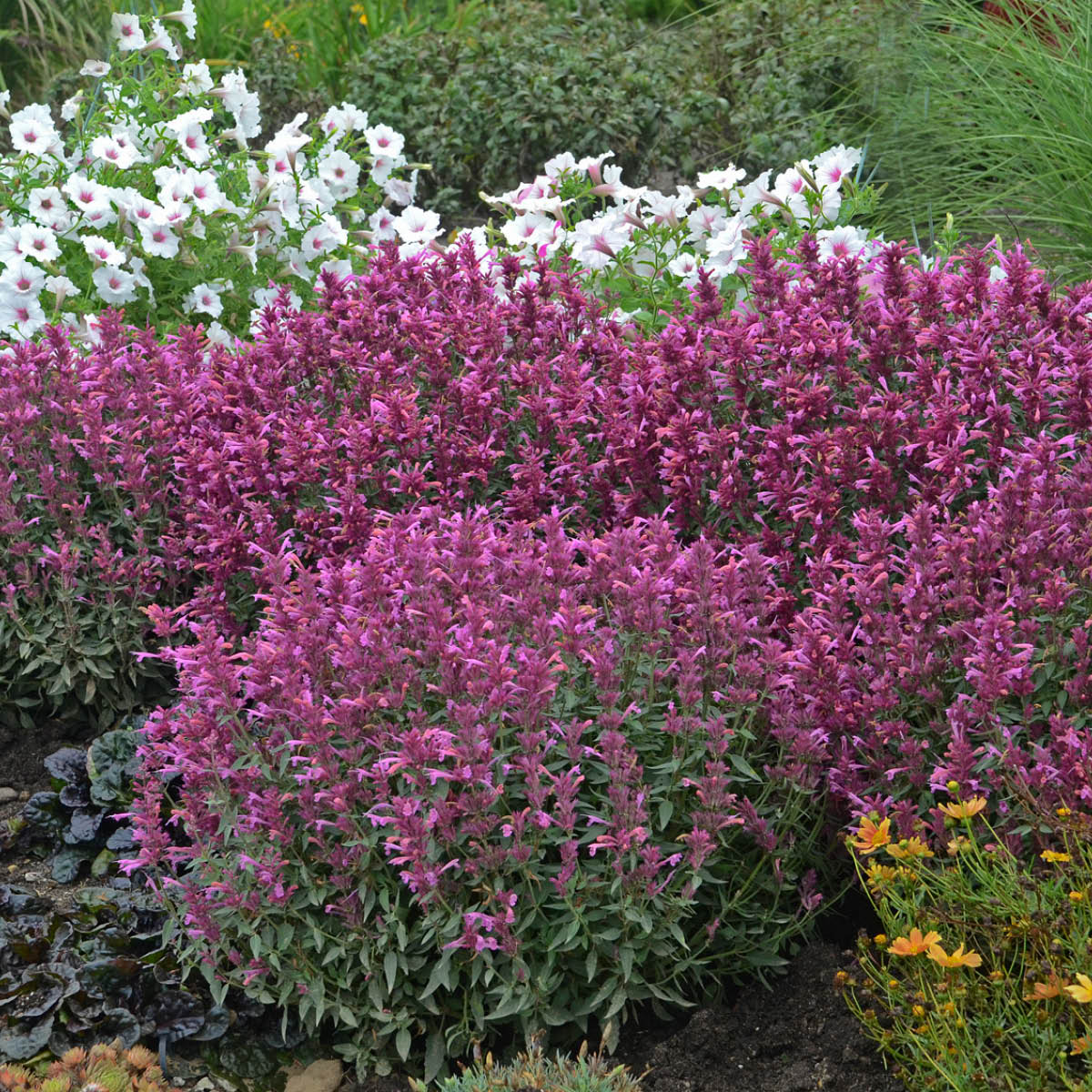
NEPETA
If you’re looking for a popular perennial with beautiful flowers, Nepeta, or also known as Catmint, is a great choice. Late spring blooms of brilliant lavender and pink attract bees, butterflies, and hummingbirds. This flowering shrub is both rabbit and deer resistant, which is another perk of adding it to your garden.
Nepeta prefers the bright rays of a full sun planting location with average to dry soil.
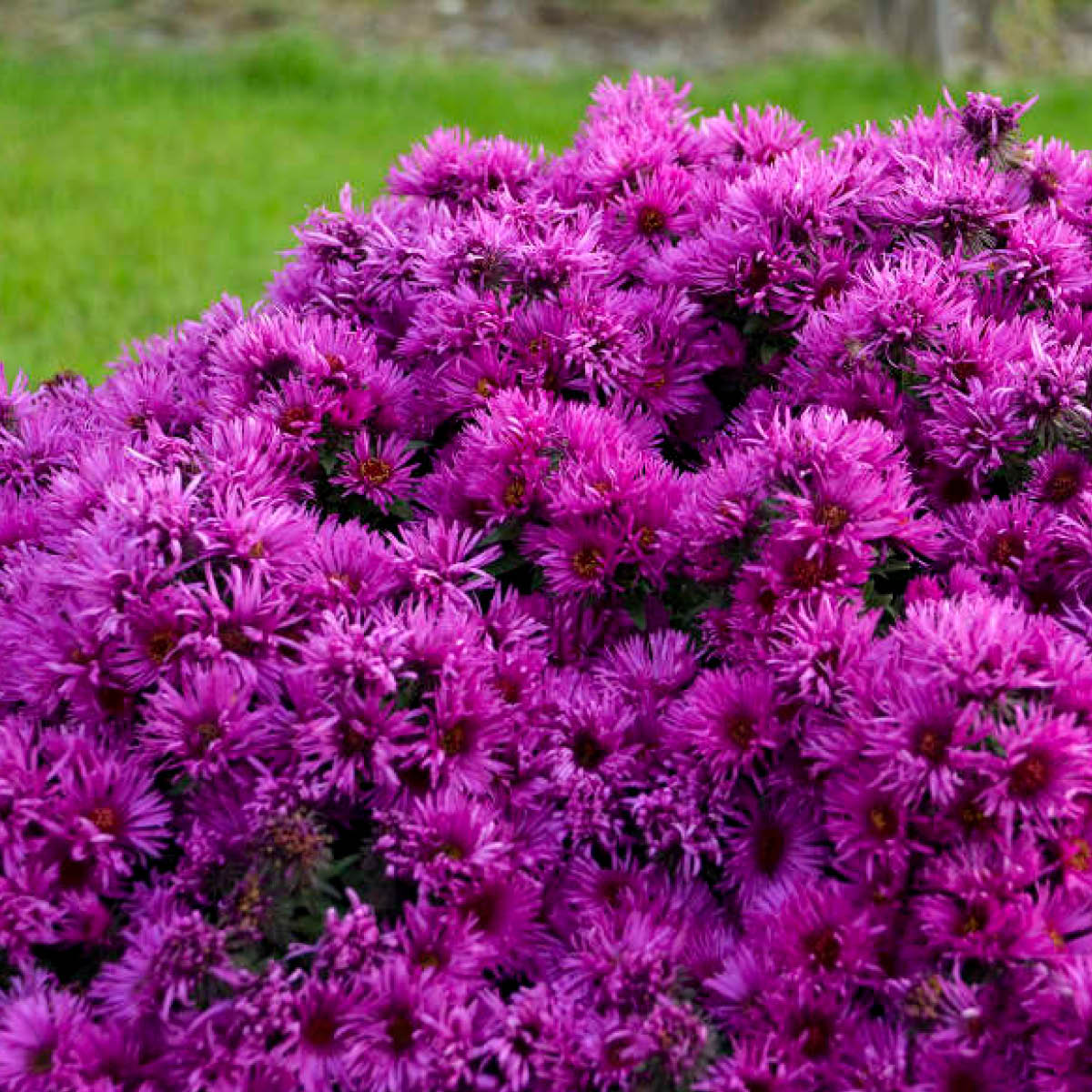
ASTER
Asters add an astounding clump of color to any flower bed. Their blooms arrive in late summer and early fall, offering a later in the season source of nectar for pollinators such as bees and butterflies. Not only are asters tolerant to shifting weather temperatures, but are fairly easy to care for, too.
They need an optimum amount of both sun and shade to thrive and are hardy in zones 3-8.
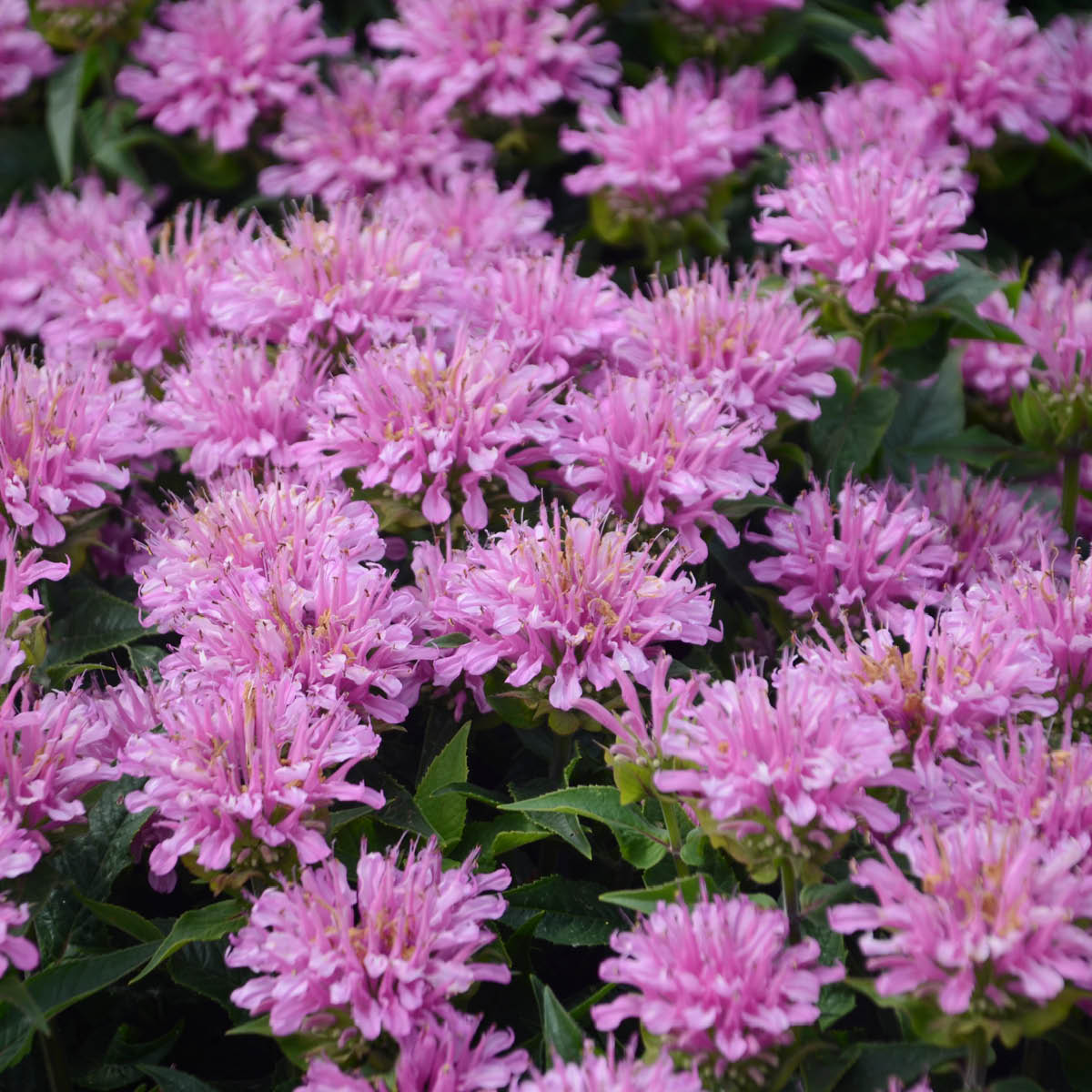
BEE BALM
Bee Balm blooms have a unique tubular floret shape which is quite attractive to pollinators because it’s the perfect area to dive in for a drink. You can see bees, butterflies, and even hummingbirds taking an interest in this compact plant. Their midsummer blooms and deer resistance will make a beautiful addition to your garden or flower bed.
This plant does best planted in full to part sun with average to moist soil.
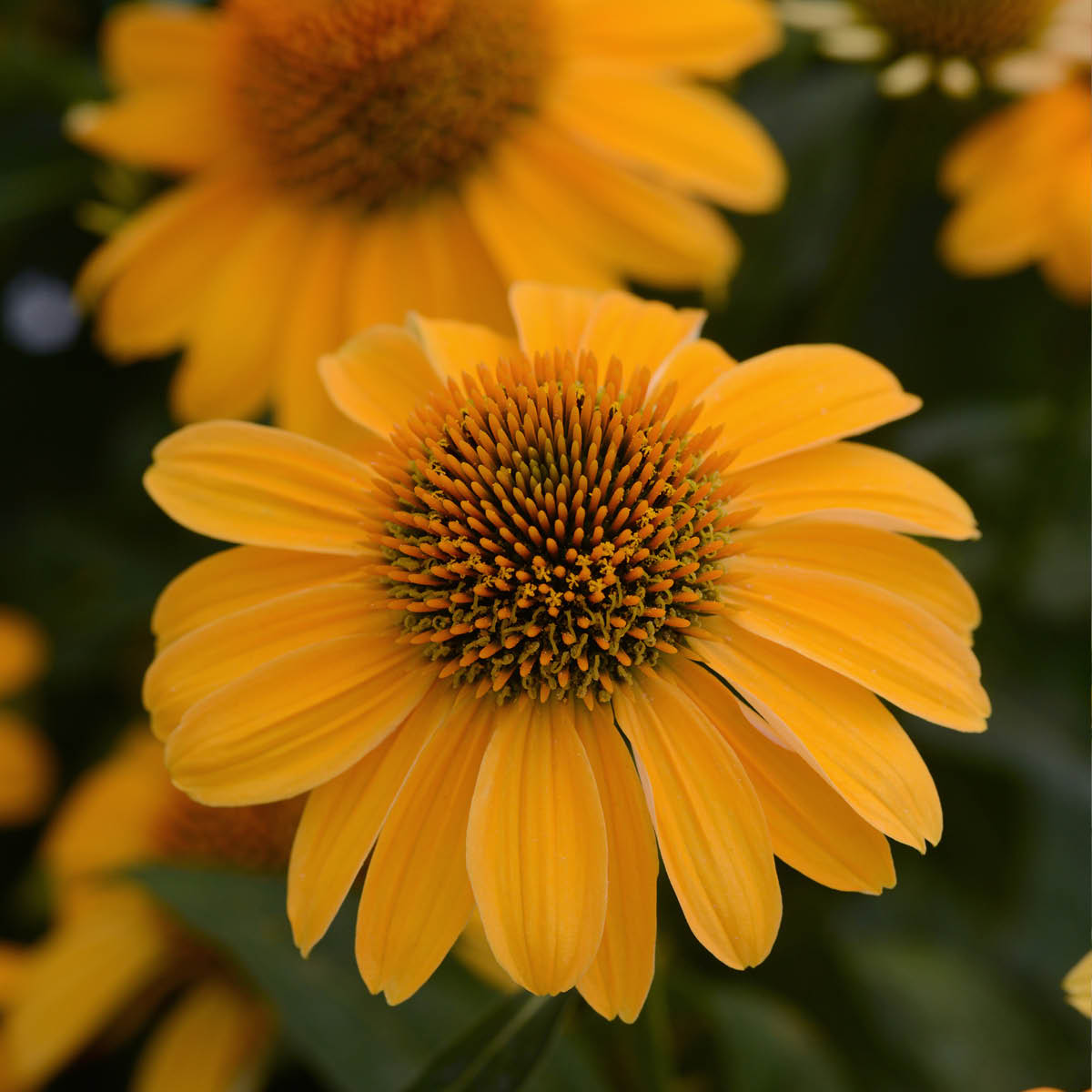
ECHINACEA
Echinacea coneflowers bloom in early to midsummer and this perennial’s bright blossoms attract bees, butterflies, and songbirds. Large, firm centers provide a great landing pad for pollinators. Another fun thing about this plant is it’s colorful variation. Some varieties can have several shades of one color pallet including oranges, reds, and magentas all in one plant!
This sun-loving perennial is best planted in full to part sun with average to somewhat dry soil.
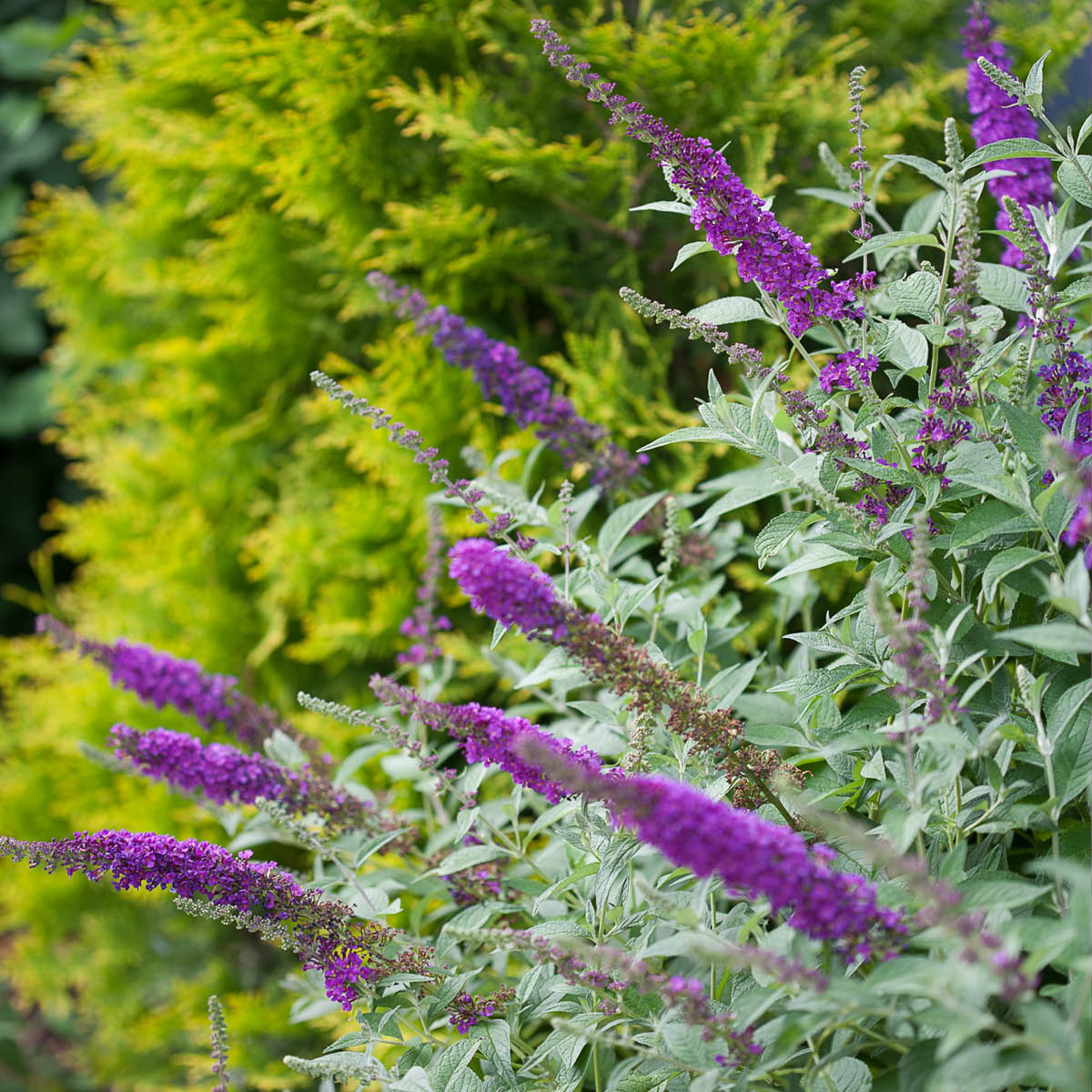
BUTTERFLY BUSH
If you couldn’t tell already by their name, Butterfly Bushes are a pollinator favorite! It produces pink and purple spikes throughout most of the summer and attracts butterflies, bees, and hummingbirds. This non-invasive plant is rabbit and deer resistant as well as heat and drought tolerant, making it a great selection for your garden.
Your butterfly bush will perform best if planted in full to part sun.
All in all, pollinators are an important part of our world. You can help sustain a good, healthy pollinator ecosystem by planting flowering shrubs like these. There are multiple plants in addition to the six mentioned in this blog that attract pollinators. For more information on what plants fit your garden’s needs, visit our garden center to talk to a pro!
Thanks for reading,
Jessica Hastriter
Director of Marketing & Advertising

